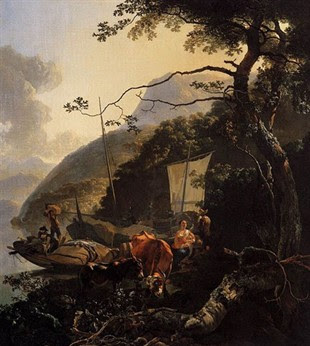
A few years ago, the big agency Able & Baker were then working for pitched for a government advertising project.
The aim was to persuade Australians about to travel overseas to check the safety or otherwise of the countries they were about to visit on a government website.
The prospective client was asking for, and expecting, a big television campaign.
What our agency came up with was a very simple, very inexpensive idea.
Since nearly all overseas travel was now booked or confirmed by email and e-ticket, the idea was to develop a bit of software that slipped inside your booking process.
This bit of software would recognise your destination and provide a direct link on your e-ticket or booking confirmation, just next to the departure time, to the latest safety information about that destination.
For example if we was flying to Mogadishu, the little bit of copy that would read; 'We hope you enjoy your time in Mogadishu, Able & Baker. But just to be on the safe side, check the safety and security conditions in Mogadishu before you fly. Just click here.'
And that was it. The whole pitch. No ads, no big budgets, just a simple little idea that would have cost a few thousand dollars and delivered new traffic to the website by the planeload.
Of course, it never happened. The agency lost the pitch, a television campaign was duly commissioned and nobody I know has ever gone to the government website.
In business, as in life probably, there is a tendency to assume that a big problem requires a big solution. The corollory of this is a desire for proportionality: that big inputs should incite a proportionally big response.
Of course, in reality this is rarely the case. Little ideas can have an influence way beyond their ambition (such as Justin Bieber's mum posting a video of him on YouTube), while big ideas can disappear without a trace.
In Victoria, the government has spent over a billion dollars and five years on the myki ticketing system whose end purpose is, without a trace of irony, to 'save money'. When for a fraction of that cost, you could put conductors on every train which would have the added bonus of making travellers feel more secure.
Here's a terrific TED talk by British adman Rory Sutherland on the subject.

